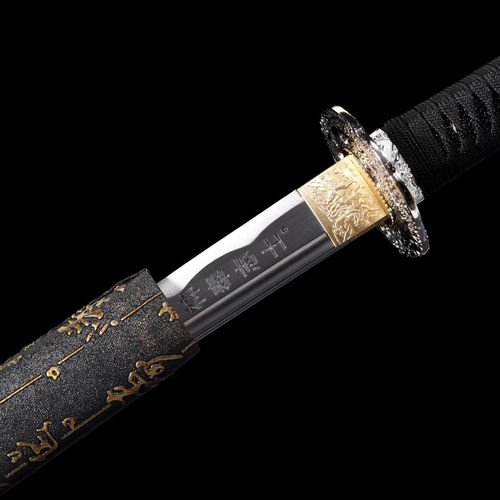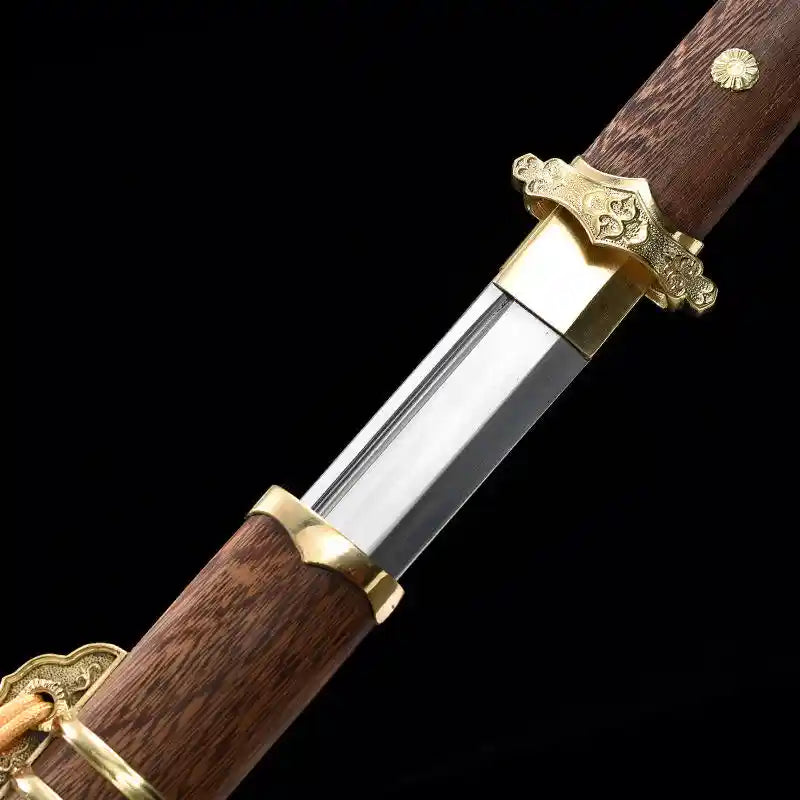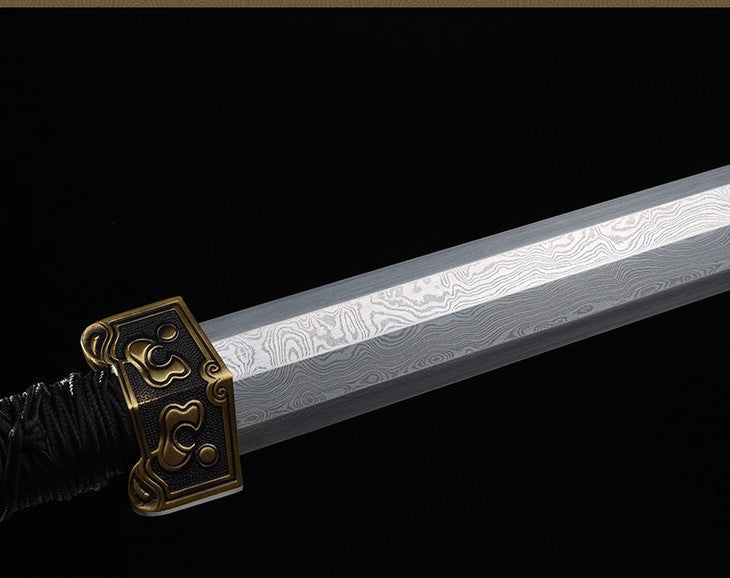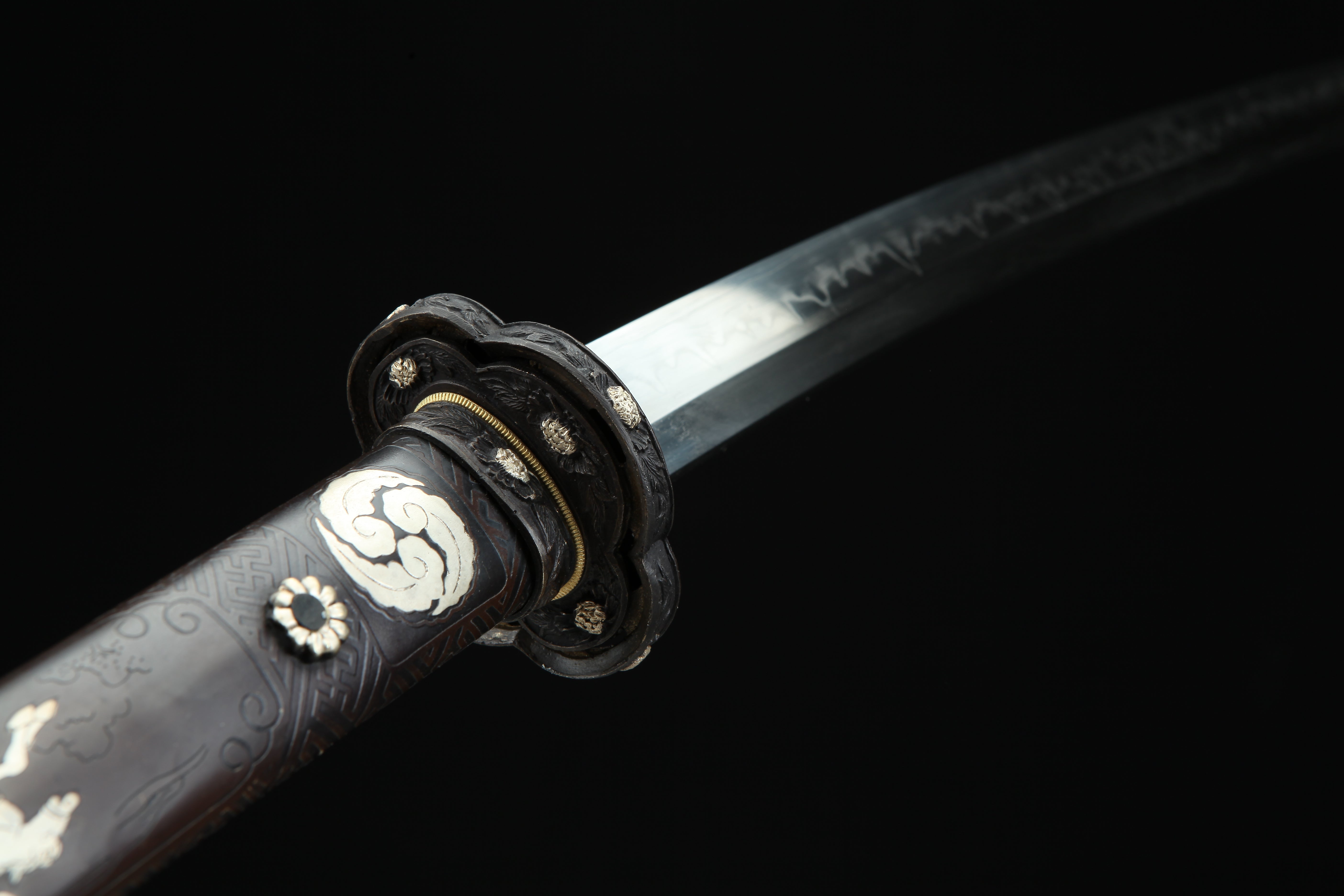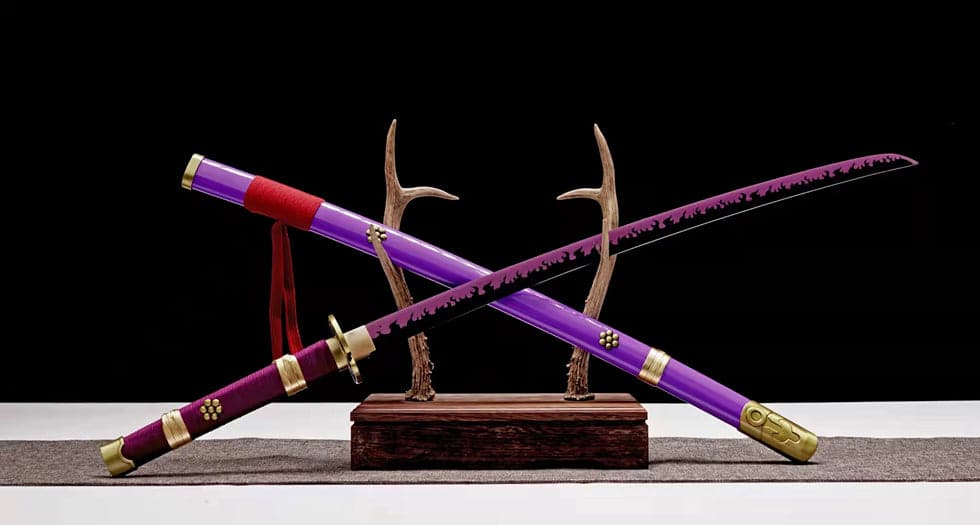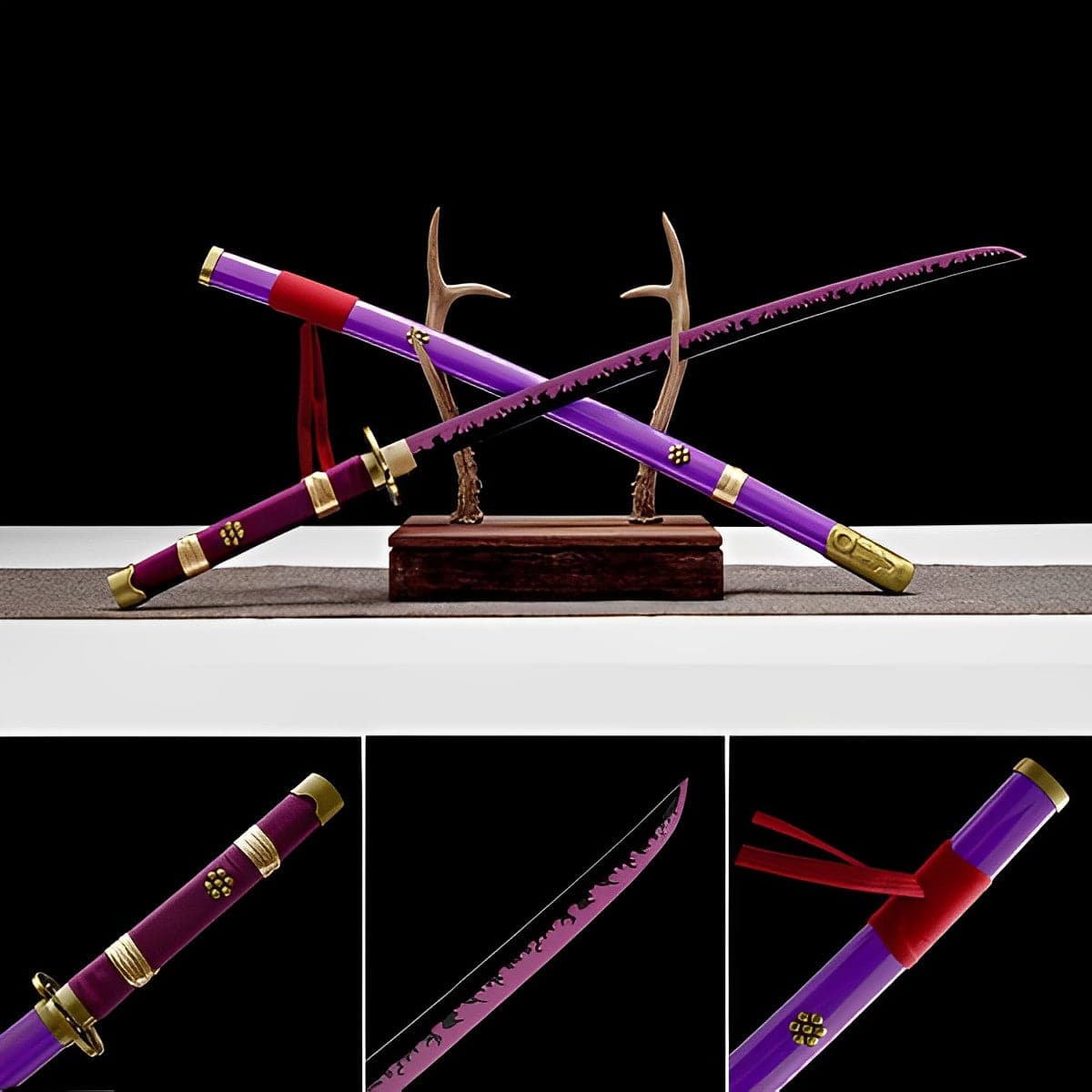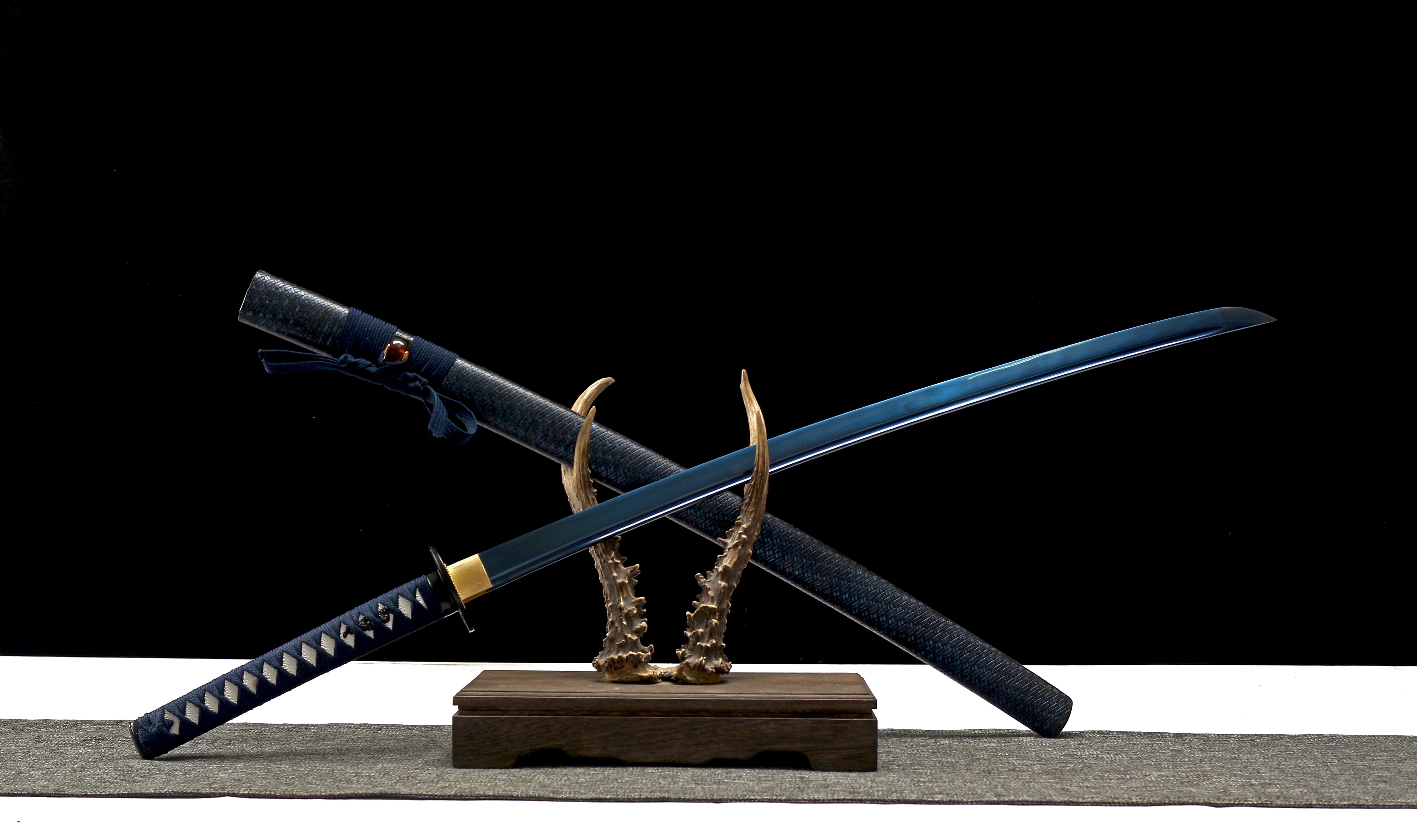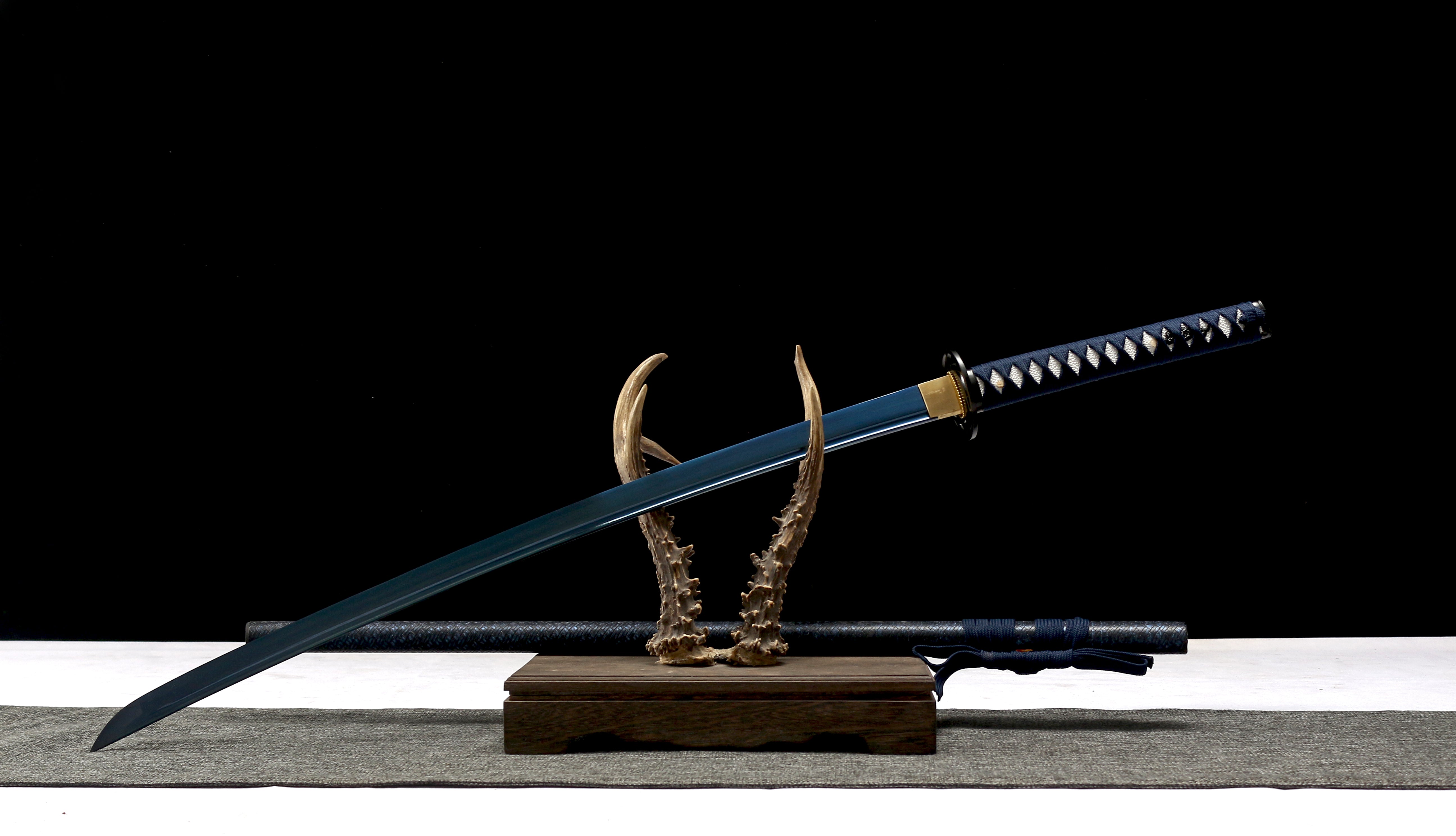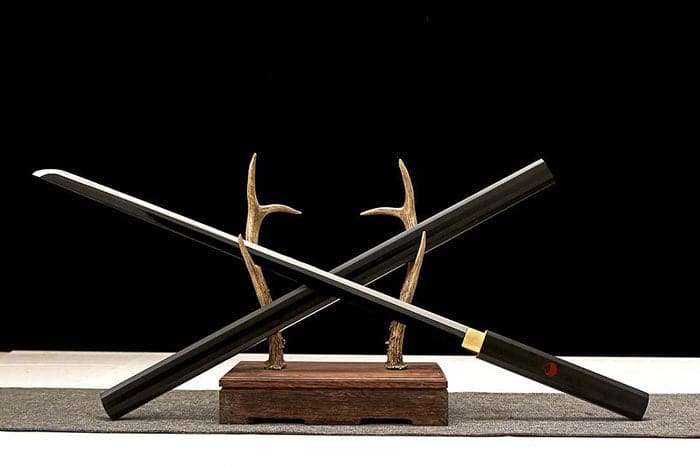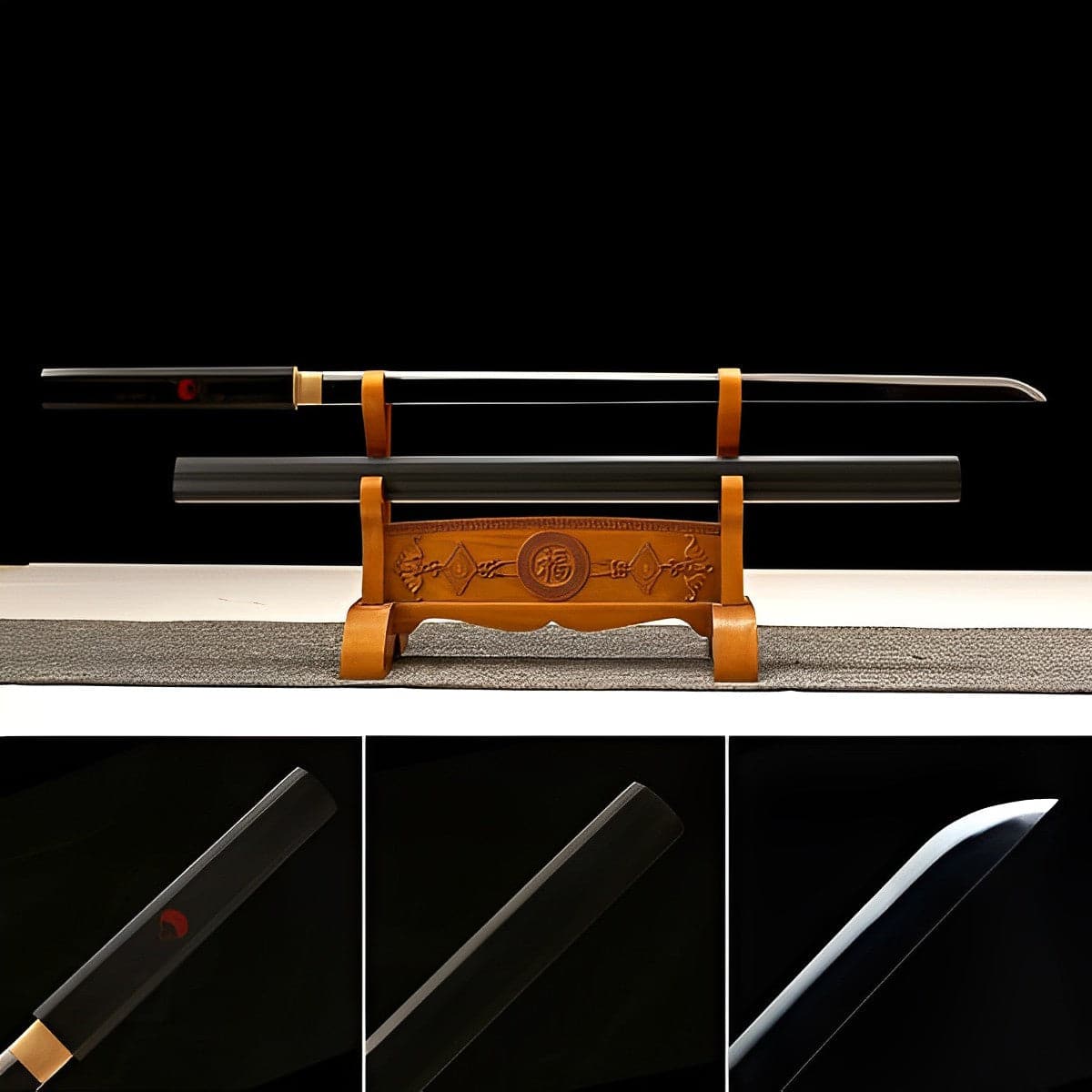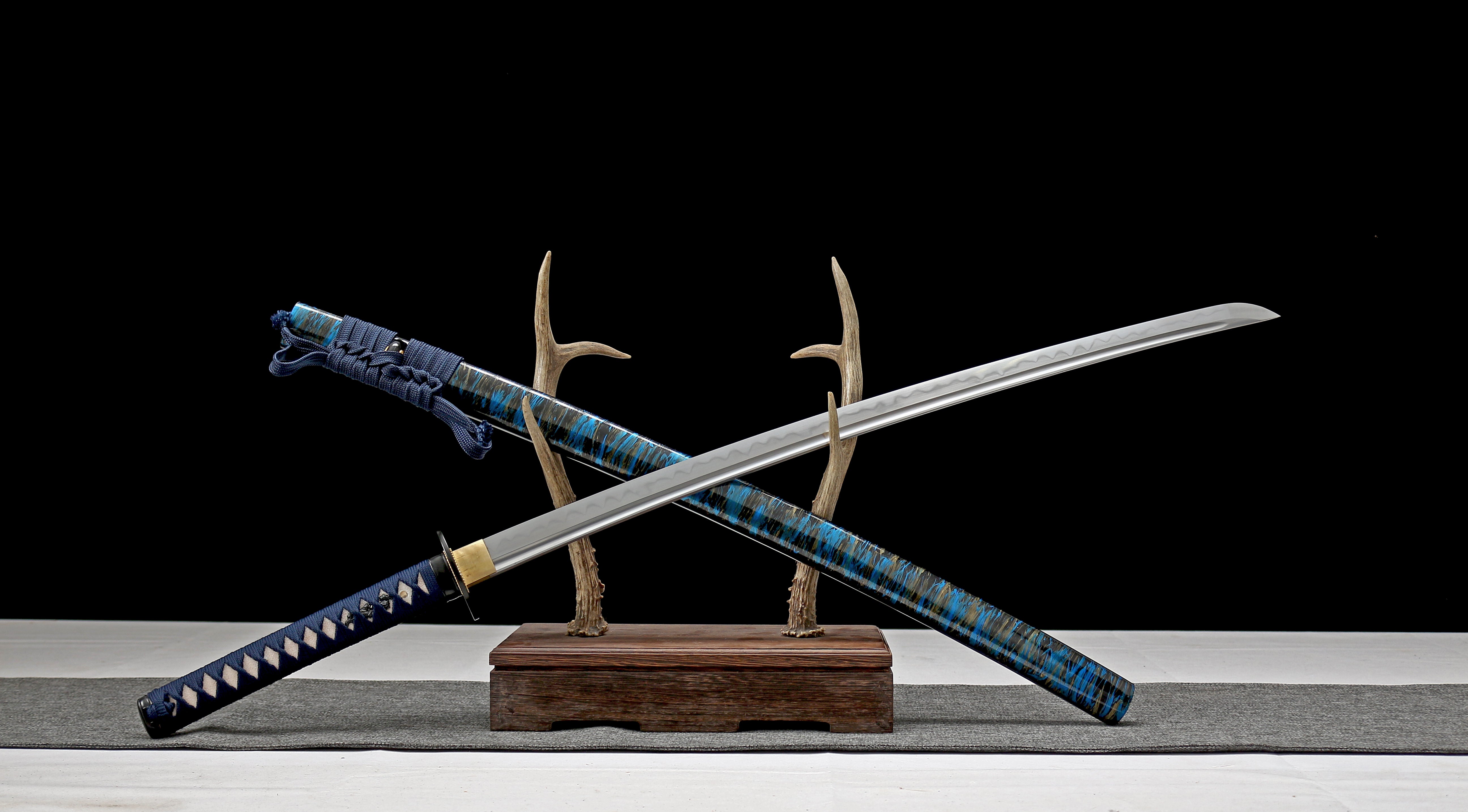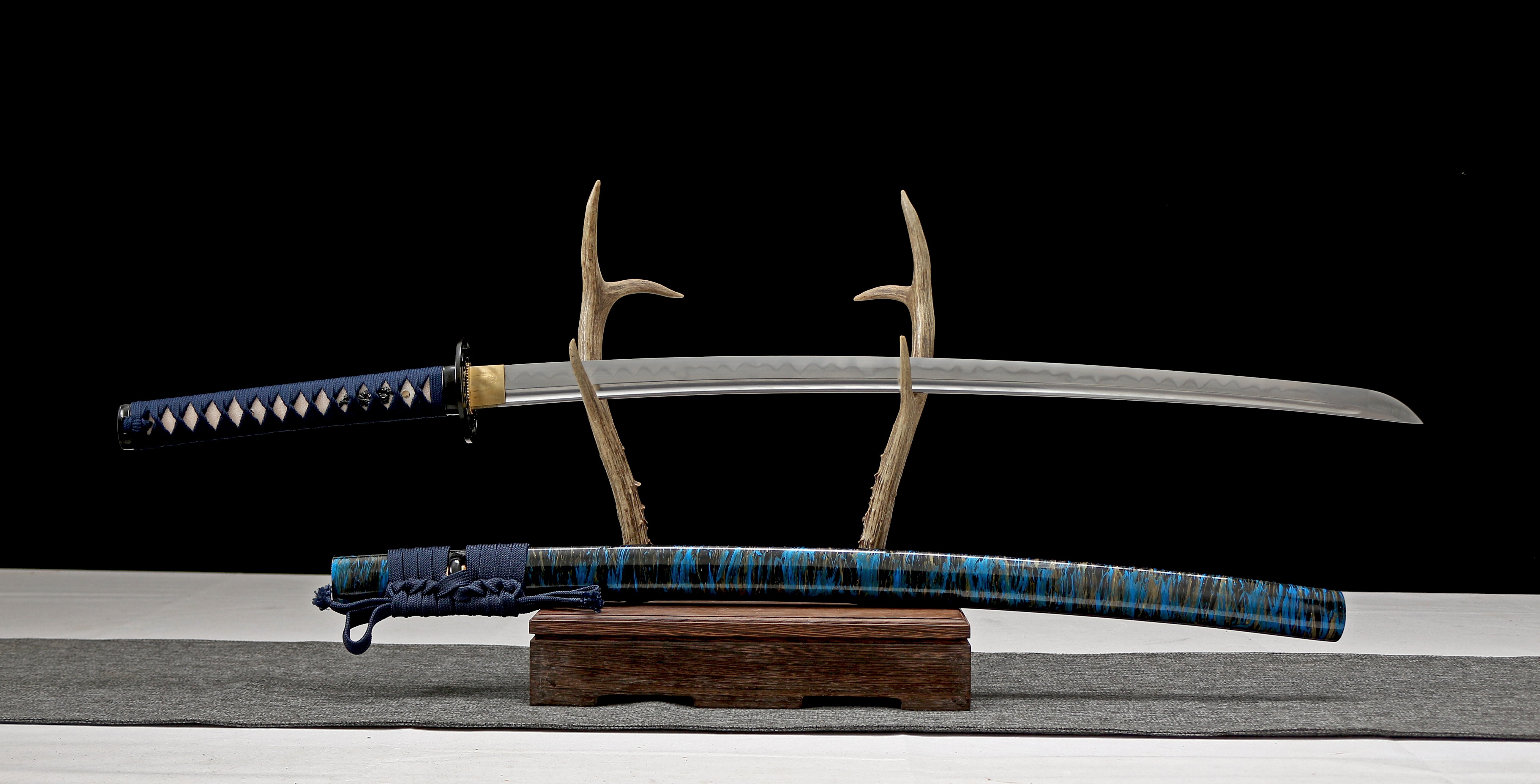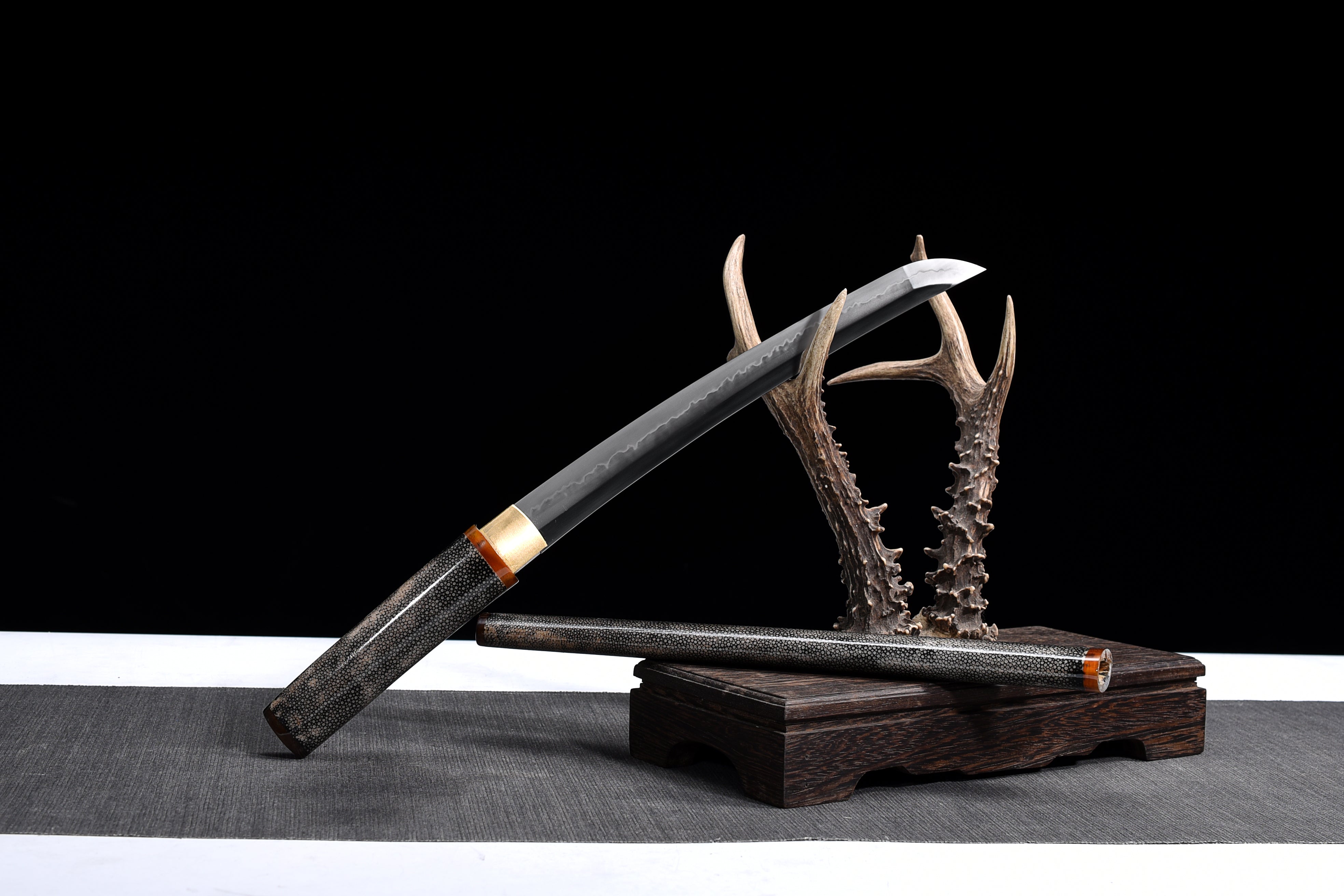
The Tanto: Japan's Compact Blade of Elegance and Deadly Precision
Introduction: The Dagger That Shaped Samurai History
Small yet fiercely elegant, the tanto (短刀) is Japan’s iconic dagger—a blade no longer than 30 cm, yet capable of delivering a warrior’s final, decisive strike. Worn discreetly by samurai as a last-resort weapon and carried by nobles as a symbol of status, the tanto embodies stealth, artistry, and lethal efficiency.
At [Your Brand Name], we honor this legendary blade by crafting authentic tanto that balance historical accuracy with modern functionality—perfect for collectors, martial artists, and enthusiasts alike.
Chapter 1: The Tanto’s Role in Samurai Culture
More Than Just a Backup Weapon
- Close-Quarters Combat: Designed for stabbing in tight spaces, such as castle corridors or grappling duels (yoroi kumiuchi).
- Ritual Significance: Used in seppuku (ritual suicide), where a second (kaishakunin) would wield a tanto for a merciful strike.
- Self-Defense: Noblewomen carried kaiken (a smaller tanto) for personal protection.
Famous Historical Tanto
- Aizu Shintogo: A revered 12th-century tanto, known for its flawless hamon (temper line).
- Honenuki: A tanto so sharp it could "pierce through bone" (hon o nuku).
Chapter 2: Anatomy of a Tanto – Beauty in Minimalism
| Component | Traditional Features | Modern Adaptations |
|---|---|---|
| Blade (Nagasa) | 15–30 cm straight or slightly curved | Some modern versions feature hira-zukuri (flat grind) for combat efficiency |
| Kissaki (Tip) | Often chu-kissaki (medium point) | Some tactical tanto use tanto-point (Americanized style) |
| Hamon | Can range from suguha (straight) to midare (irregular) | Modern smiths experiment with dramatic patterns |
| Mounting | Simple aikuchi (no guard) or hamidashi (small guard) | Some include tactical sheaths for EDC (Everyday Carry) |
Chapter 3: Why Modern Warriors Still Use the Tanto
Martial Arts & Practical Use
✔️ Tantojutsu – The art of dagger combat, still taught in classical koryu schools.
✔️ Urban Survival – Compact size makes it ideal for self-defense.
✔️ Bushcraft & Utility – A sharp tanto excels at carving, slicing, and precision tasks.
Collector’s Appeal
- Artistic Engravings – Many tanto feature horimono (carvings) of dragons, cherry blossoms, or kanji.
- Historical Replicas – Some recreate famous blades from the Sengoku period.
Chapter 4: Choosing the Right Tanto
Authentic vs. Decorative
| Feature | Battle-Ready Tanto | Decorative Tanto |
|---|---|---|
| Steel Type | 1095 carbon or tamahagane | Stainless steel (non-functional) |
| Edge | Sharpened, hardened | Blunt, sometimes faux hamon |
| Tang | Full tang (historically proper) | Rat-tail or partial tang |
Customization Options
- Blade Style: Hira-zukuri, shobu-zukuri, or modern tanto-point.
- Handle Wrap: Traditional tsuka-ito (silk/cotton) or tactical paracord.
- Scabbard: Lacquered wood (saya) or kydex for modern carry.
Conclusion: The Tanto’s Timeless Legacy
From the battlefields of feudal Japan to modern-day collections, the tanto remains a symbol of precision, resilience, and artistry. Whether you seek a historically accurate heirloom or a tactical everyday blade, the tanto adapts without losing its soul.

